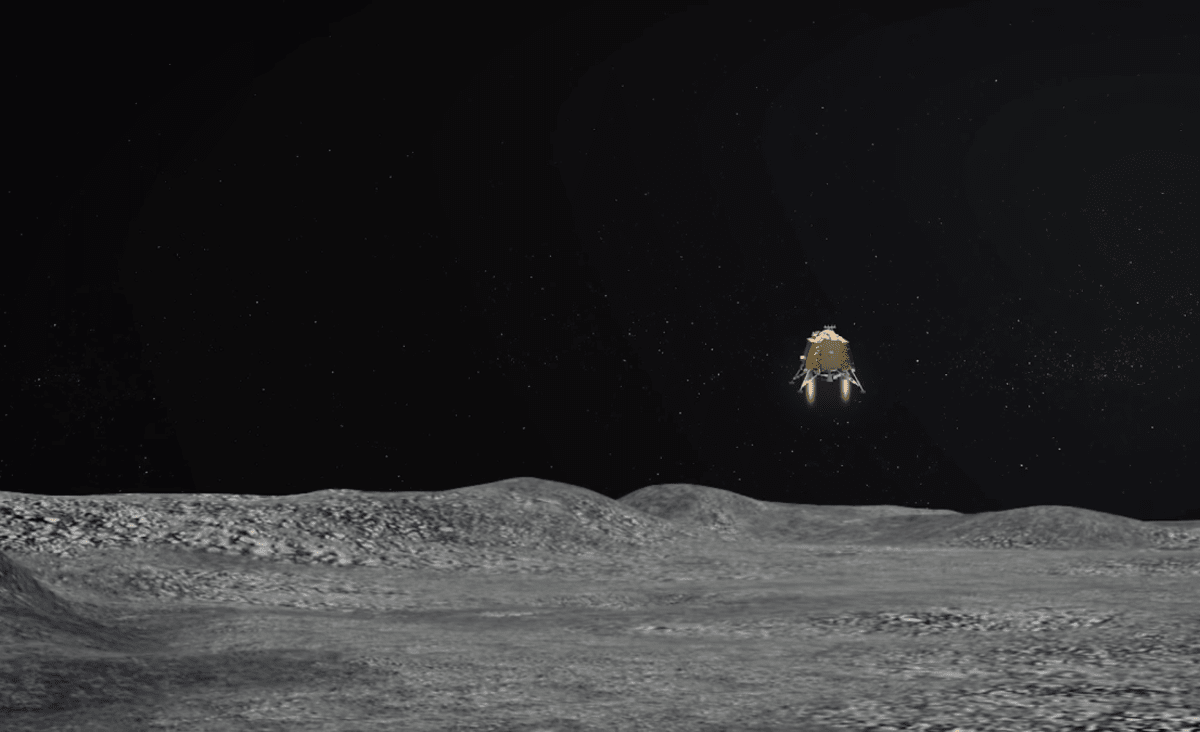This post may refer to COVID-19
To access official information about the coronavirus, access CDC - Centers for Disease Control and Prevention.

www.space.com
India continuing work on moon landing and crewed spaceflight plans despite delays
India's Chandrayaan 3 mission to the moon will likely be delayed until 2023 as the country's space agency tests the lunar lander's vital systems; the nation's first crewed flight may slip to 2024.
Science & Tech
India's second attempt at landing a spacecraft on the moon will likely be pushed to 2023, according to the head of the country's space agency.
S. Somanath, chairman of the Indian Space Research Organisation (ISRO), told Indian news channel NewsX that the Chandrayaan 3 lunar lander is in the assembly phase but teams are still testing vital systems, meaning the launch, previously slated for August, could be delayed until next year.
"Currently, we are testing the propulsion system because, you know, the last time [we] had a problem with that,” Somnath said. The comment referred to the 2019 Chandrayaan 2 mission, which included an orbiter, a lander and a rover. The moon orbiter has been operating successfully for more than two years, but the Vikram lander suffered a hard landing after a loss of control over the thrust of the spacecraft.
"There is a change in the propulsion system. … It is undergoing testing at the liquid propulsion center at Mahendragiri," Somanath said. "Teams are testing the integration of the propulsion, computer and sensor systems."
While the data from the tests have been very good, ISRO is proceeding carefully. "We would like to go very, very cautiously this time, because we know how to go to the moon," Somanath said. "It's well proven. The only thing that we need is to learn how it lands. And it has to be error-free to the best of our abilities."
The Chandrayaan 3 mission includes both a new lander and a rover but not an orbiter. Similar to Chandrayaan 2, the mission is expected to target a near-polar landing area, and will operate for a single lunar day (14 Earth days) on the surface; it will not be capable of surviving the extreme cold of a lunar night.
Human spaceflight
ISRO's crewed Gaganyaan mission is also moving ahead. Hindustan Aeronautics Ltd., a state-owned aerospace and defense company, delivered the first set of Gaganyaan hardware to ISRO on April 4, India Today reported.
The design of all systems and subsystems for Gaganyaan has been completed, Space Minister Jitendra Singh wrote in a response to a question submitted to the Lok Sabha, India's parliament, in March.
For the next steps, ISRO will test mission-abort sequences in August and December. The tests are designed to verify that emergency systems will be able to deliver astronauts to safety in the event of anomalies during launch. Abort tests will be carried out before India conducts orbital test flights of the Gaganyaan capsule. Only then can the first crewed launch attempt take place.
Gaganyaan was announced in August 2018, with the aim of launching India's first crewed mission before the 75th anniversary of India's independence, to be marked on Aug. 15, 2022. In 2021 ISRO stated that he COVID-19 pandemic had delayed the first crewed flight into 2023. Test flights are now expected take place in 2023 if the abort tests are successful, but the first crewed flight may now only occur in 2024.
The Gaganyaan spacecraft will launch on a modified Geosynchronous Satellite Launch Vehicle. The standard version of the launcher suffered a catastrophic failure in August 2021. The cause of the failure has been identified, Somanath told NewsX, and the rocket is now expected to be back in action in the second half of the year with the planned launch of the first NVS series navigation satellite, The Hindu reported.
Advertisement
Somanath said a 2022 space policy to provide guidance and regulation for India's private space endeavors has been drafted and will be released after its approval by Parliament.
























































